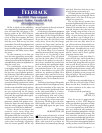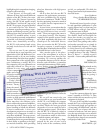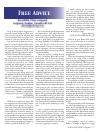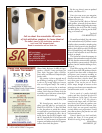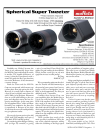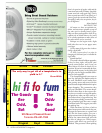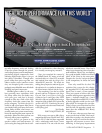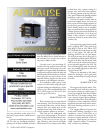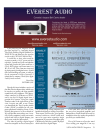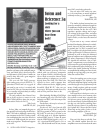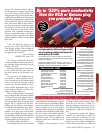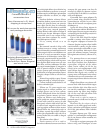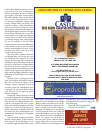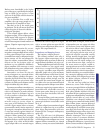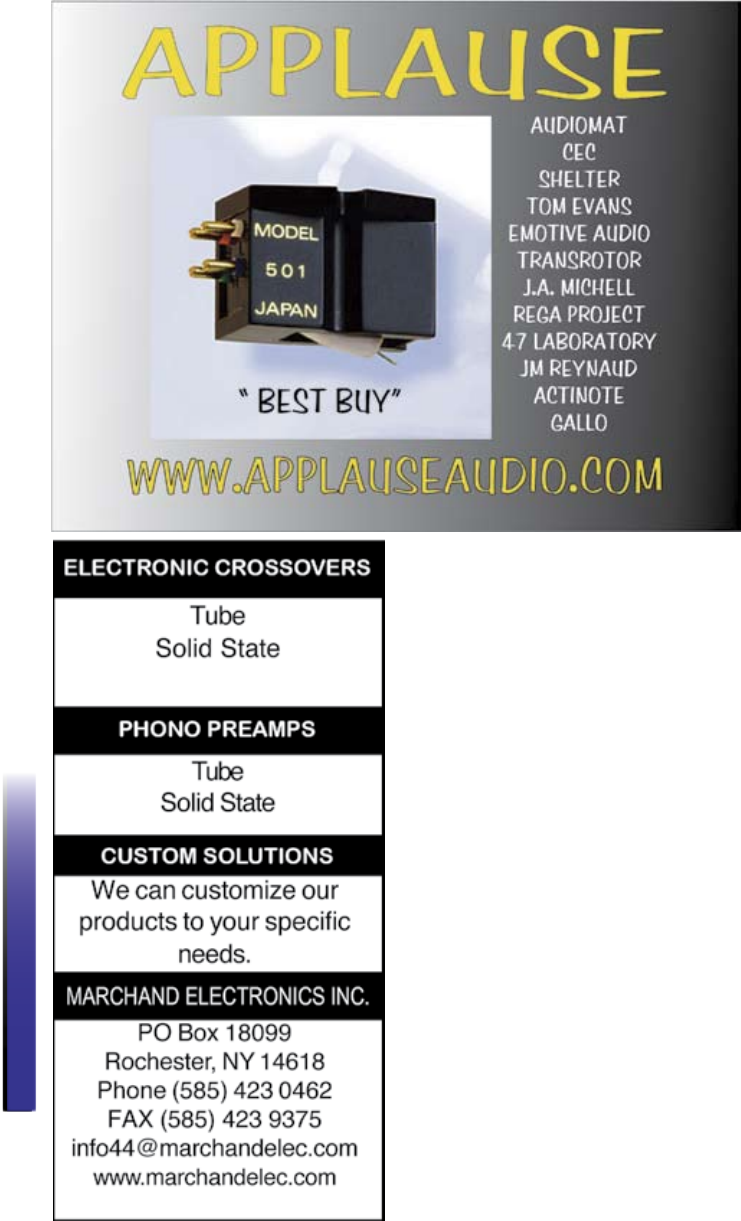
Feedback
Free Advice
Free Advice
may now, therefore, make sense. Or it
may not. It’s your choice which horse to
bet on.
A true test would require having two
LP-12’s that are absolutely identical,
getting one of them modified, and then
having both properly adjusted by some-
one who didn’t have a vested interest in
the outcome. It’s not the sort of demo
any store is likely to offer.
I recently wrote to you questioning if I
needed to have my speakers connected to my
tube amp even if I was listening to it via the
headphones. You expected that my headphones
would provide sufficient load on the amp, and
that the speakers did not need to be connected.
But I expect that one day I will turn on the
amp and will have forgotten to either attach
the speakers or the headphones, and then…
So, I would like to make a pair of 8 ohm
resistors. Can this be done easily from a pair
of speaker binding post soldered up to a 8 ohm
resistors, or is it more complicated than that?
If it is a DIY project, how do I do it? I don’t
trust the guy at The Source.
Tim Leeney
GEORGETOWN, ON
We’re not sure why you want those 8
ohm resistors, Tim. You can’t leave them
connected all the time, and the danger
remains that you might turn on the
amplifier when none of the loads is con-
nected: speakers, phones or resistors.
That said, we can understand why
you’re wary of the people at The Source
(full name, for the benefit of non-Cana
-
dians, is The Source by Circuit City, the
sign affixed to what used to be Radio
Shack stores). The resistors you’re likely
to find there have a power rating of a
quarter watt, and we’re being optimis-
tic. Put any amount of power into one,
and…poof! Followed by possibly another
poof from a tube in your amplifier.
You’ll need a power resistor from an
electronics supply house, and you may
have to put several resistors together to
get the rating you need. When we made
up the dummy load we use in amplifier
tests, we purchased three large precision
24 ohm resistors and connected them in
parallel (24 divided by 3 is 8). If we had
found 2 ohm resistors, we could have
wired four of them in series (four times
2 ohms is 8).
I just replaced my aging Dual turntable
with a Goldring GR2. I also replaced my
Rotel RQ970 with an ASL Phono LUX
DT. The Dual had a Grado Green cartridge
with a 5 mV output. The GR2 uses the
Goldring 1012GX, with a 6.5 mV output.
The ASL phono stage has 41 dB of gain. Is
this combination too much gain? I don’t know
the gain on the Rotel, but with my old combo
I had to turn up the volume much more to
get an equivalent output level (as CD). The
current Goldring/ASL combo is at least the
same, but probably slightly more than what
I get from most CD’s.
What are the drawbacks of this combo?
Should I be looking for a lower gain phono
preamp, or should I stop worrying and enjoy
the music?
Tim Leeney
GEORGETOWN, ON
We suggest enjoying the music, Tim.
It’s normal to hear some hiss when you
turn up the volume on a phono stage. A
worse sign would be hum that is louder
than the hiss. The output voltage from
even a moving magnet phono pickup is
a thousand times lower than that from a
CD player or other component. What’s
important is that the noise not be notice-
able from listening position even in a
quiet room.
The output difference between the
Grado and Goldring cartridges is not
significant, a mere 2.3 dB. Even so, it
could be accounted for merely by dif-
ferences in testing methods of the two
companies. Those figures are what are
called “nominal output.” Translation:
well, we had to say something.
12 ULTRA HIGH FIDELITY Magazine




